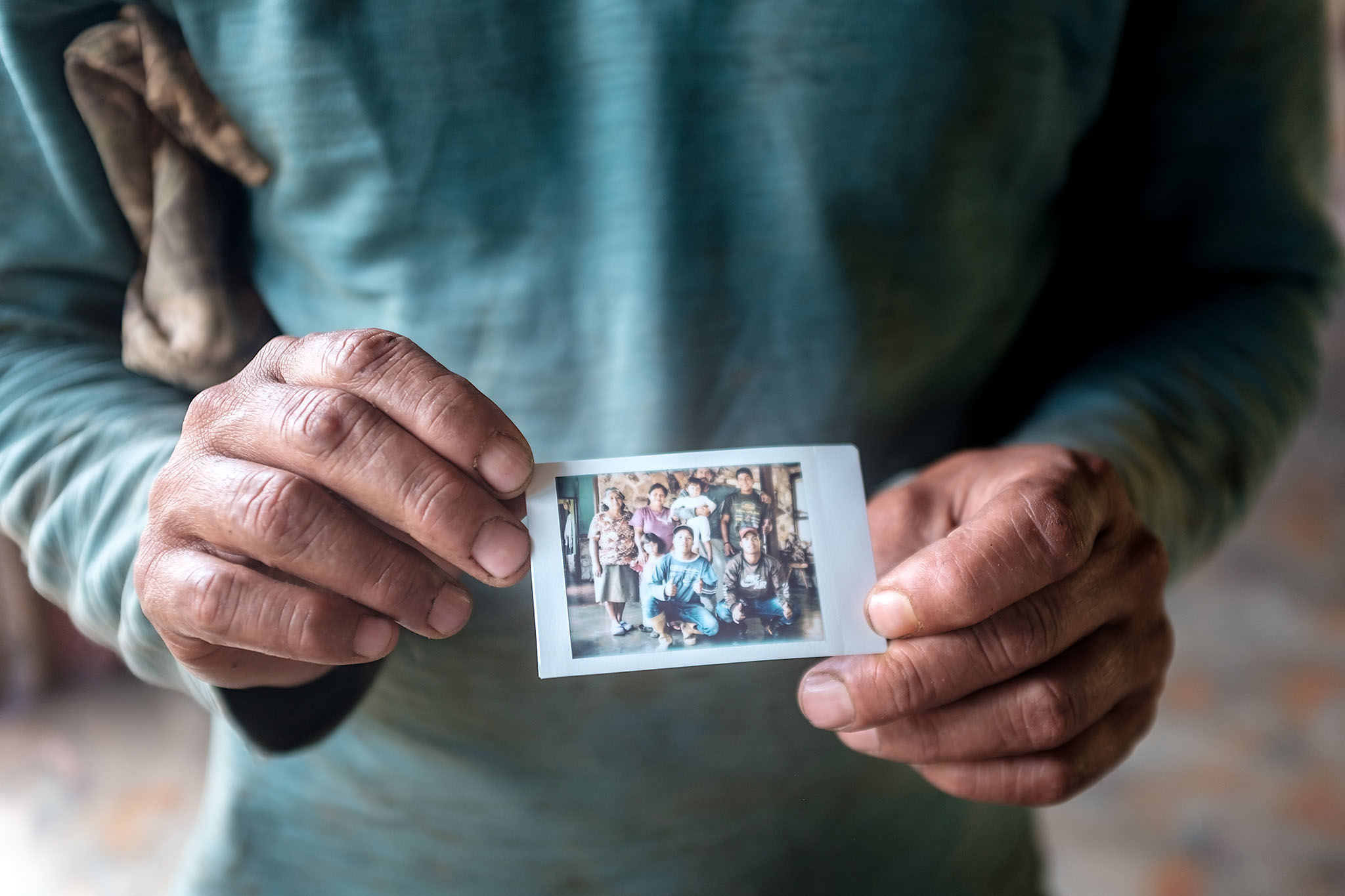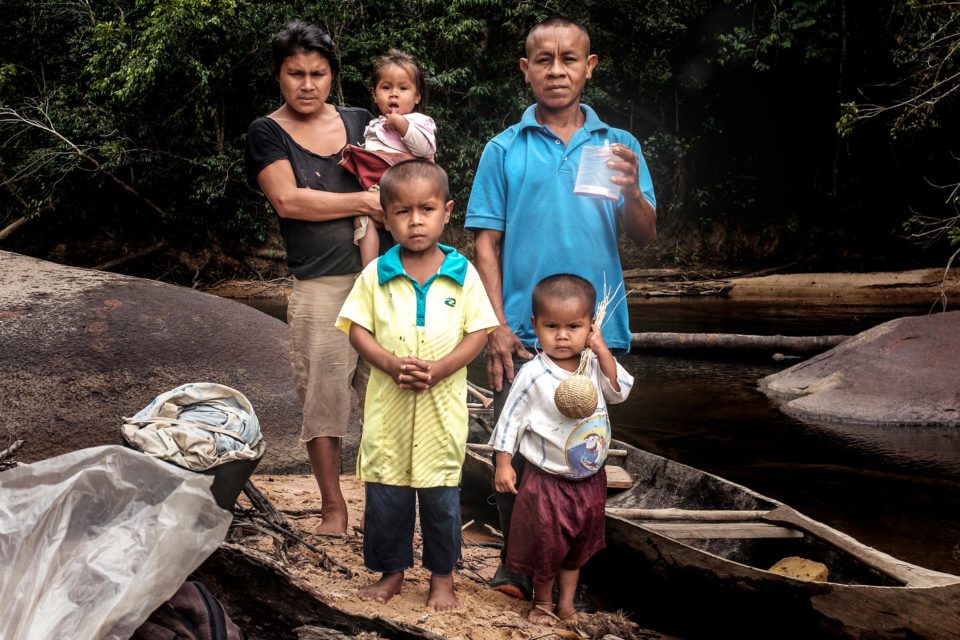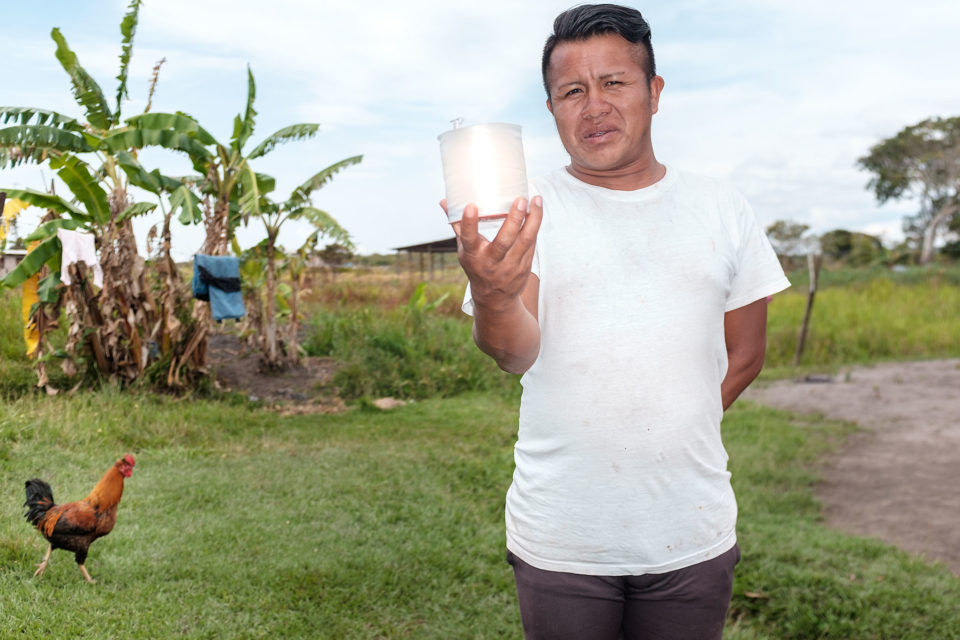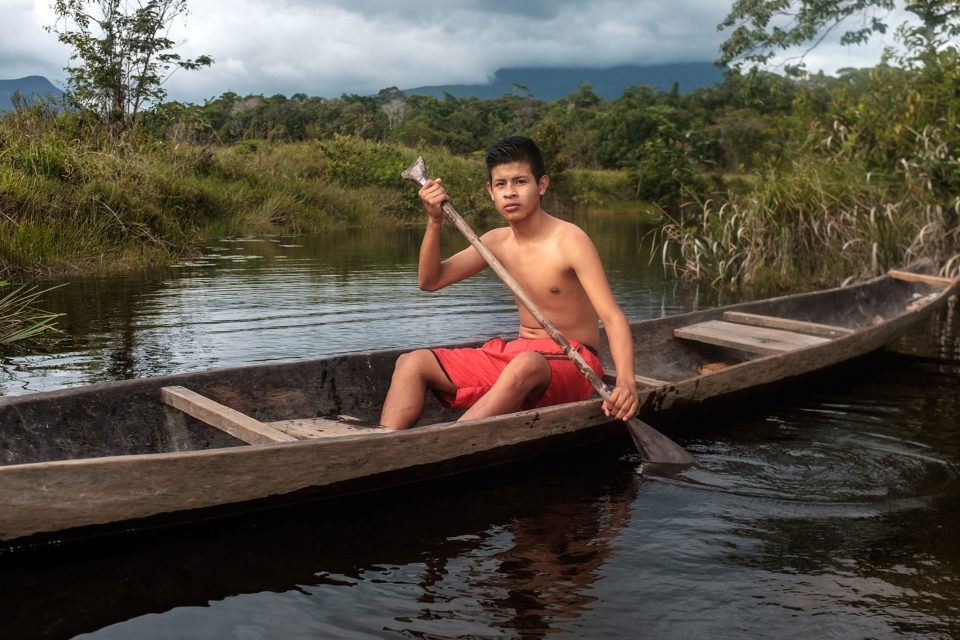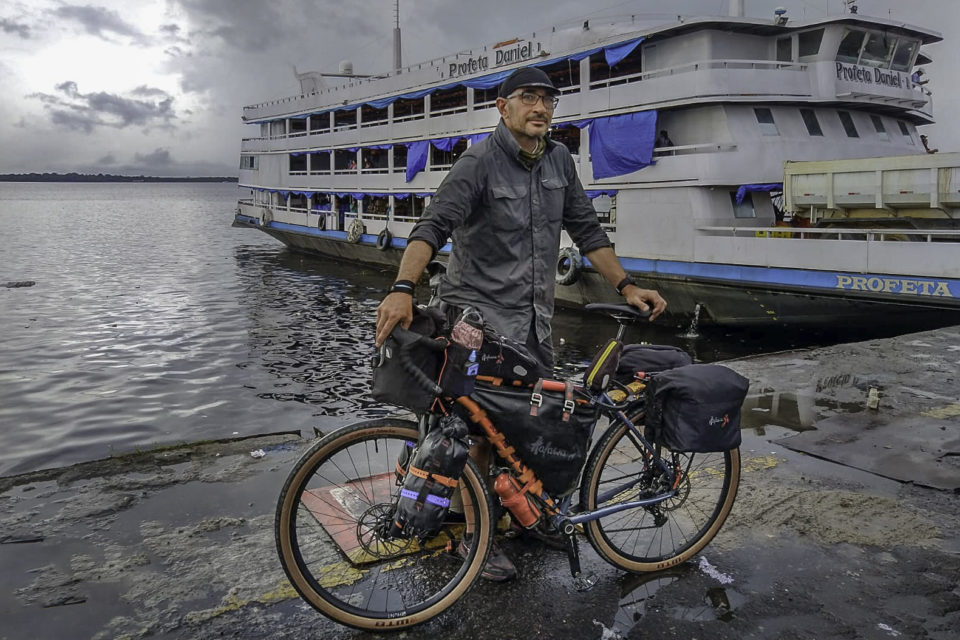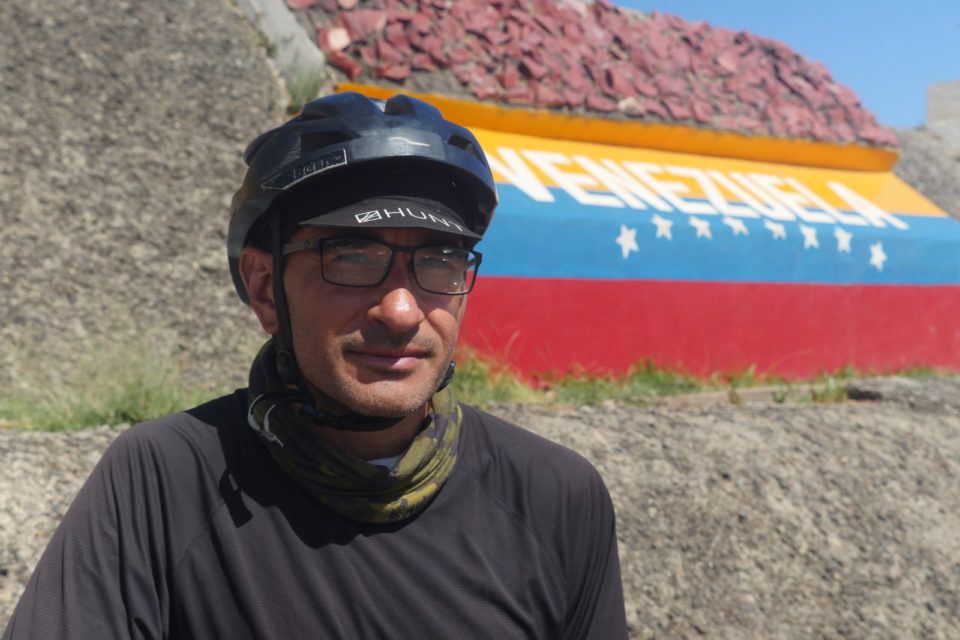Federico Cabrera’s “Their Only Portrait” (video)
Share This
Federico Cabrera rides through remote areas in South America to donate solar lights, water filters, and printed portraits to those who need them most. During a recent trip in Venezuela, British filmmaker Geraint Hill came along and made this documentary about Fede’s “Their Only Portrait” project. Watch it here alongside a Q and A with Fede and a photo gallery from the trip…
Several years ago, Federico Cabrera left a 15-year career in foreign trade to pursue his passions in photography and travel. Over the last six years he’s ridden more than 30,000 kilometers through remote regions in South America working on “Their Only Portrait,” a project through which he’s photographing families and donating portraits to those in remote locations who don’t have that precious keepsake. Along the way, he’s gifted 500 printed portraits, 350 solar lights, and water filters for those who need them most.
During his last trip, Federico cycled through Venzuela with British filmmaker and photographer Geraint Hill, just before the COVID-19 outbreak. Along the way, they shot this documentary about Fede and his project. Watch it below, then scroll down to find a short interview with Fede and a photo gallery from this trip.
Tell us a little bit about the trip you took for this video.
In February 2020 I met Geraint (@stitchingpictures) in Iquitos, Peru, when he joined me to make a short documentary film. We slowly headed to Venezuela (where we’re planning to travel for two months); first we took a boat through the Amazon River to Manaos, Brazil, and then we rode up north to donate solar lights, printed portraits, and water turbines (to charge small electronic devices) where assistance is currently needed the most in South America.
What communities did you visit on this trip and where did you stay along the way?
We rode through Venezuela’s Gran Sabana. We didn’t really know what to expect when we got there, as everything we saw/read in the news was discouraging. It’s sad how fast ignorance and fear can spread and ruin the life of thousands of families whose livelihood relies on Tourism. We made a plan to return to Brazil if we ever felt unsafe. Fortunately, I never felt it was more dangerous than other places I visited in South America, so we ended up asking for a place to set our hammocks in the small villages we crossed along the road, usually at grocery stores. We spent most of our time exploring around Kavanayen, before cutting our trip short due to COVID-19.
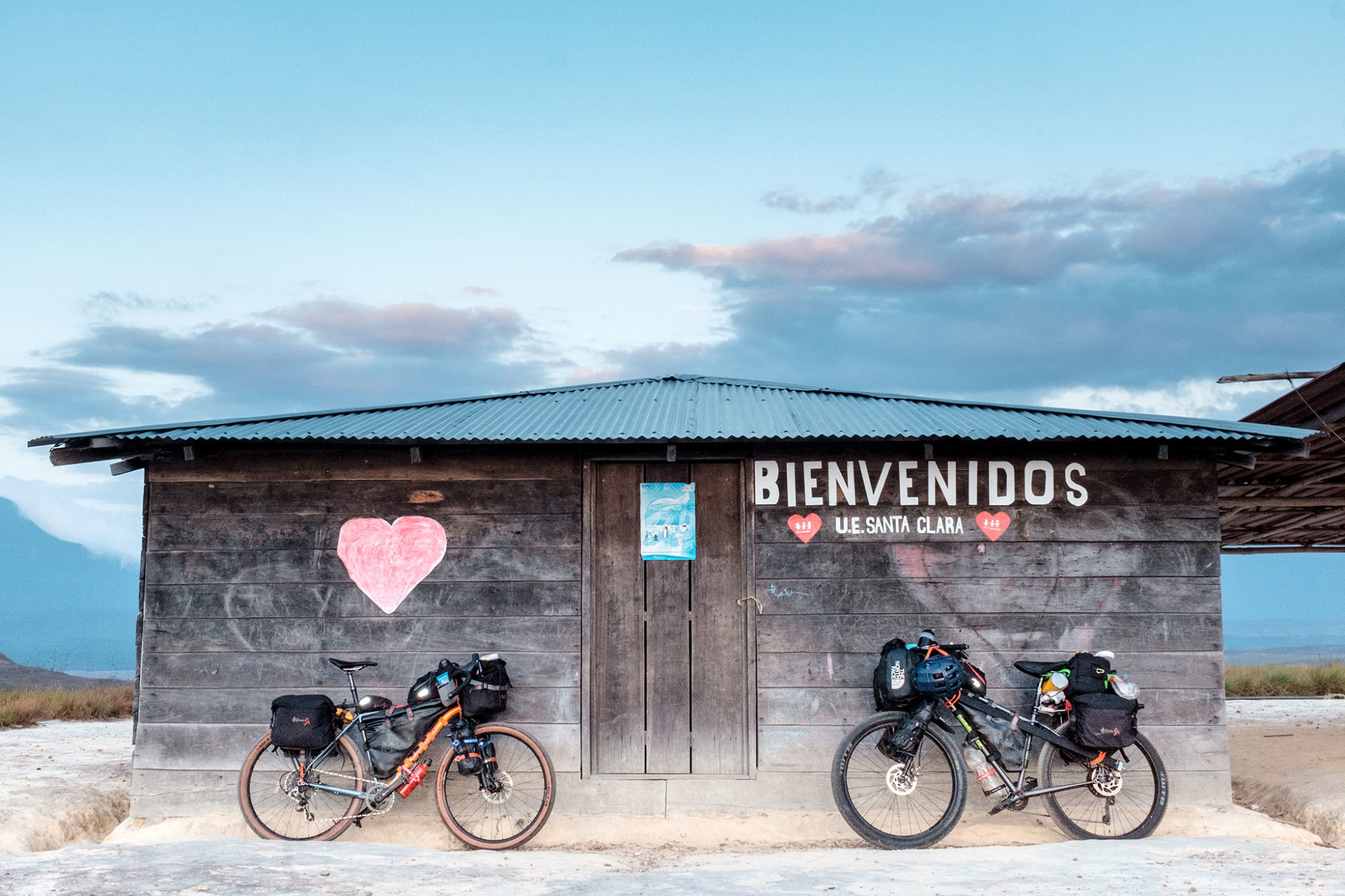
Were there any memorable experiences with the people you met or stories you’d like to share from the trip?
We’re in a pretty remote area, without cellphone or internet coverage, and by the time we finally realized the COVID-19 situation was getting serious (the British Embassy was recommending all their citizens to return Home ASAP) we decided to cross back into Brazil. Unfortunately, by the time we got to Santa Elena de Uairen, the Brazilian border was already closed for foreign citizens, and we’re stranded there. At first we stayed in a cheap hotel, but with Banks and ATMs out of service and knowing how long we’d have to stay there, we realized we’d be going to run out of cash, so we decided to try with social media (Warm Showers and Couchsurfing).
We stayed two nights camping in a new friend’s backyard (somebody we met at Parupa a couple of days earlier) until we met our potential host. Luis Vago used to work as a guide to Tepui Roraima, until tourists stopped visiting Venezuela five years ago. He hosted us in the small house he is building (still without windows, electricity, a bathroom, or running water) at the Manak-kru aboriginal community‘s boundary. Geraint was able to cross into Brazil and fly back Home in just a couple of days, but I ended up having to stay there for three weeks, and even when my own government didn’t accept me, Luis and his family adopted me, a complete stranger, in the middle of a pandemic. Luis’ mom works at the local Hospital, where it takes her an entire month to be able to buy one liter of gasoline on the black market.

What bike did you ride? Tell us a little bit about it.
I’m riding a Bombtrack Hook ADV in size medium, and for the trip to Venezuela I only changed the wheelset (Hunt 650B Adventure Dynamo) and the saddle, as I thought that area was going to be flatter. I also chose 47mm road plus tires, which were perfect for long stretches in tarmac, gravel, and light trails, but as soon a I returned home, I got bigger tires and smaller gears, which are more suited to explore the topography. I love how this bike can shift from the perfect tool for pavement to non-technical trails!
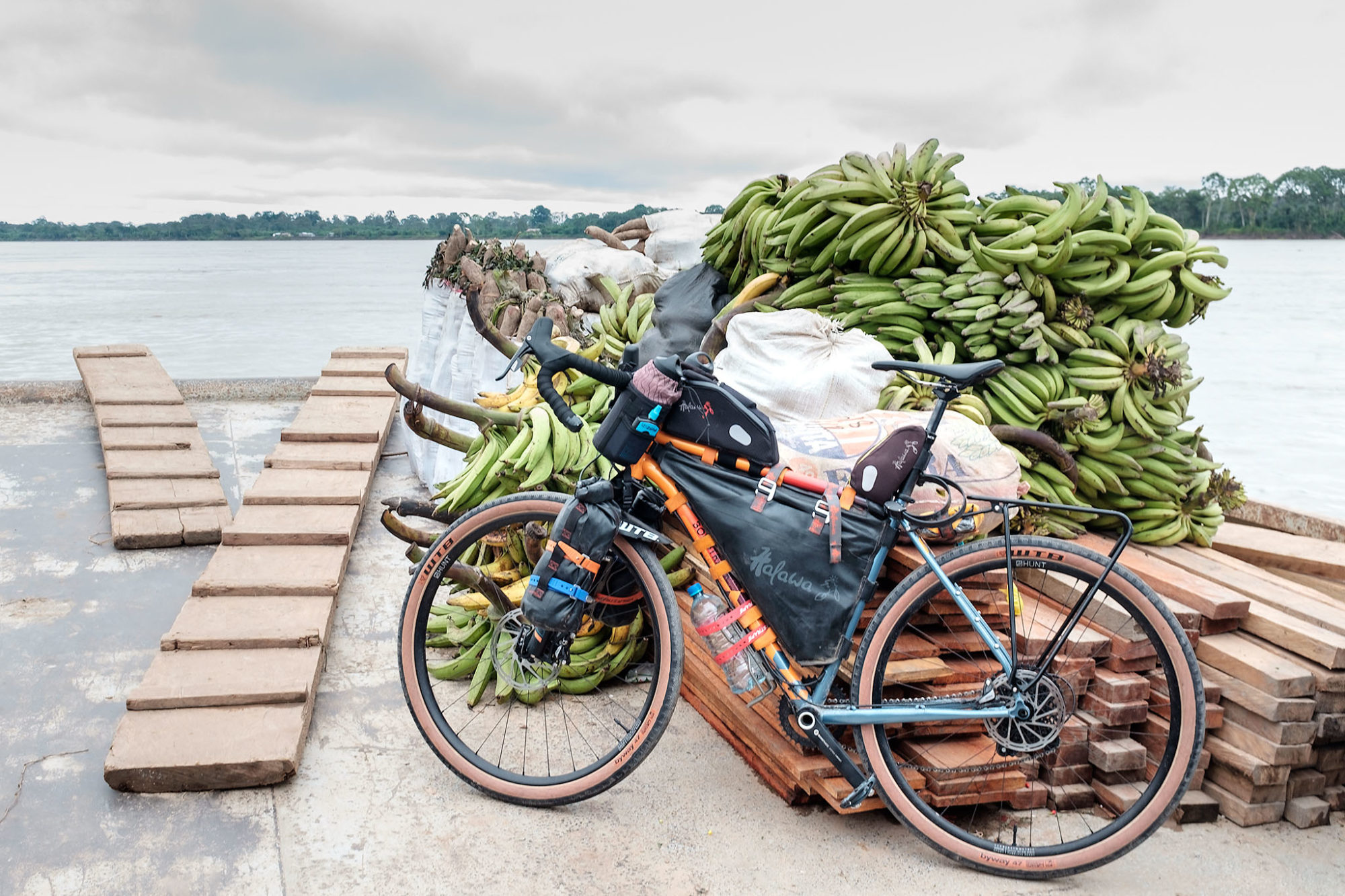
What photography and video gear were you carrying for this one?
For video, Geraint was carrying a Panasonic Gx8 with 12-35mm and 20mm lenses, a DJI Osmo Pocket, a DJI Mavic Mini (later we found out drones are forbidden in Venezuela), a full-size tripod with video head, microphones, filters, batteries, and memory cards. As my camera gear was robbed two weeks before heading to Venezuela, I was carrying my old Fujifilm X100T, another DJI Osmo Pocket, a GoPro Session 5, off-camera flash and trigger, Fujifilm Instax SP2 and paper for prints, Gorillapod, HDs, batteries, solar panel, filters, and memory cards.
Lastly, is there anyone you’d like to thank?
I would like to thank the awesome companies who’re sponsoring my little personal project (Bombtrack Bicycle Co., Big Agnes, Hunt Bike Wheels, Voile Straps, WTB, Mpowerd Inc, and Craft & Vision), all the people who made a donation or bought a print and helped me to travel further (in order to reach more people), and all lovely people we met at Venezuela!
If you missed it, be sure to check out the Rider’s Lens we published with Fede back in 2017 for more information on his photographic technique and equipment. Also, learn more over at theironlyportrait.com.
Please keep the conversation civil, constructive, and inclusive, or your comment will be removed.






